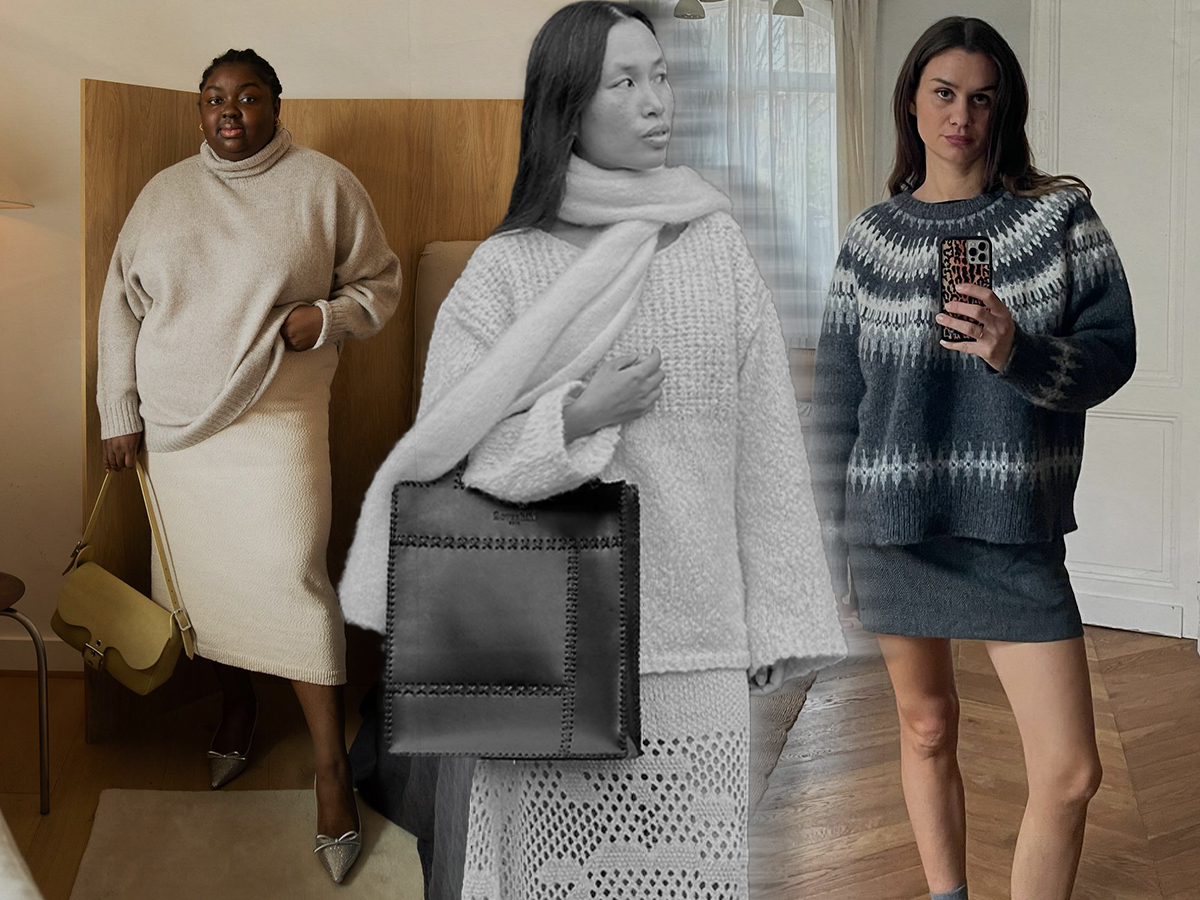
As someone who grew up in Miami, I have to admit, finding cold-weather garments wasn't exactly on my radar. Down south, the only thing we wear year-round are bikinis, flip-flops, and denim cut-off shorts. You can imagine my surprise when, for the first time in my adult life, I had to shop for winter clothing last year.
Whether it's finely-knit cashmere or chunky, colorful cardigans, I've been taking stock of all of the sweaters I own and, like the Type-A person I am, arranging them in my closet based on how frequently I wear them from November to March. Spoiler alert: the ones I reach for the most just so happen to be the ones that not only look good, but feel good too.
In case you're ill-informed like I was, not all sweaters are made equal. From the knit size and textile construction down to the actual fibers in the wool blend, minuscule changes in the makeup of a sweater lead to major impact.
To break down some of the most common types of sweaters, both affordable and luxury, based on price and comfort, I took to my reporting skills. According to Sean Cormier, Chair & Associate Professor of Textile Development and Marketing at the Fashion Institute of Technology in New York City, there are a few key elements that determine how warm a sweater can be.
When you're shopping for warm, comfortable knitwear, there's two things to look for: weight and fiber-type. Cormier suggests a heavier, weighty knit over a sweater that may be too thin and provide insufficient insulation: "Warmth is a factor of fibers but more importantly the weight and how tightly the stitches are packed together will affect the warmth more. Heavier is better."
"Over the years knits have gotten lighter and lighter causing problems such as pilling and appearance after wash," Cormier told me over email. "Sweaters, too, have gotten lighter causing snagging issues and, of course, pilling."
If you're shopping online, the best way to determine a sweater's composition is by browsing the "product details" section for the piece you're looking that. Most sweaters and knit dresses, Cormier explains, usually start off with wool— a good choice thanks to its anti-wrinkle and drying properties. If you're looking for something cheaper, more than likely, you'll stumble upon fabrics like cotton or polyester (a synthetic fiber often derived from petroleum) which, depending on your budget and how cold it gets, may not cut it.
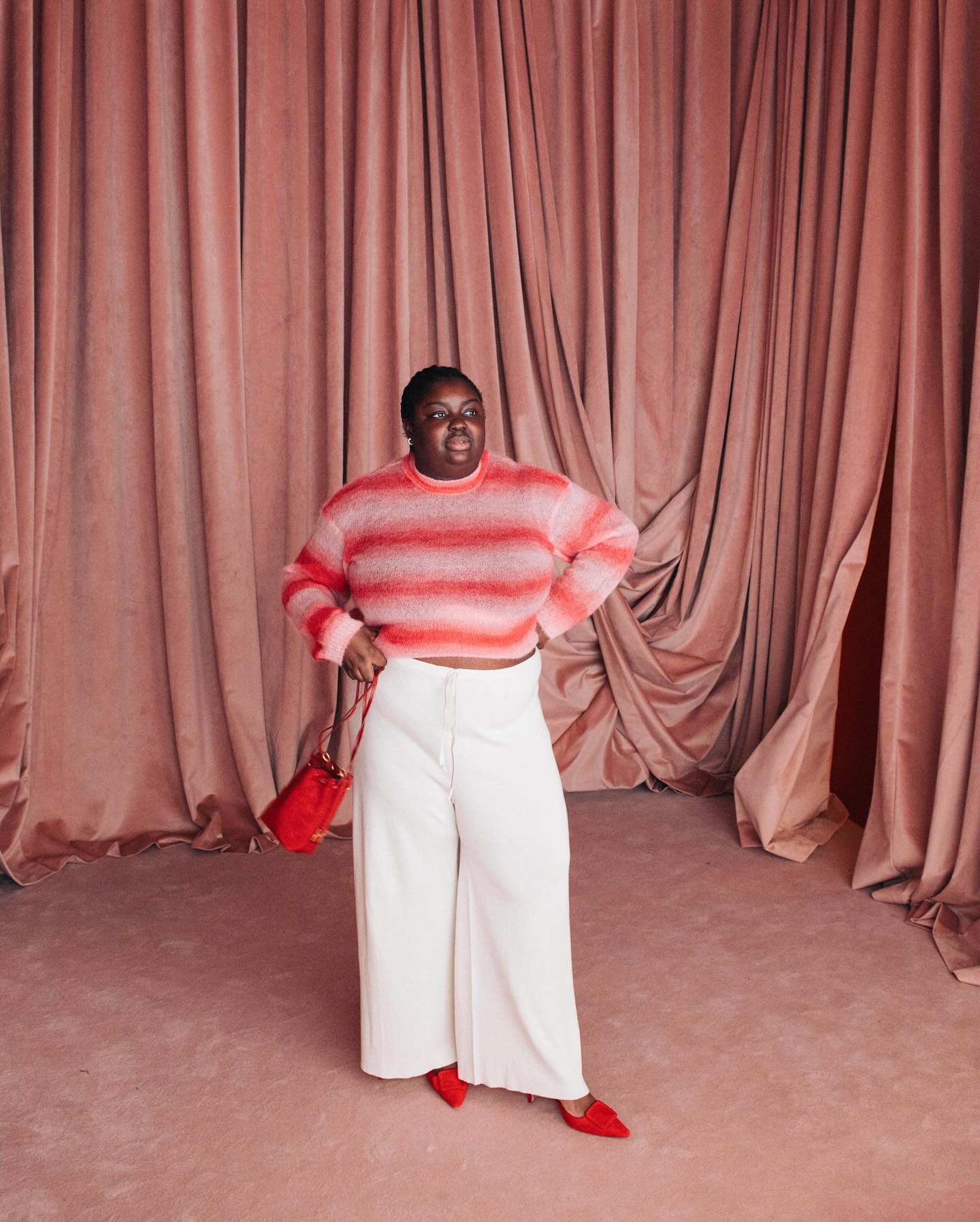
There's a few different types of knitwear materials you might be familiar with: cashmere, alpaca, mohair, and wool, to name a few. While they all vary in what animal they come from or how labor-intensive and expensive they are, at the end of the day, most sweaters usually are blended with other types of materials.
"Wool is more expensive than cotton and specialty fibers such as cashmere, Alpaca, and Mohair all cost more than wool which is why you see those fibers blended with other fiber types to help lower the cost," Cormier explains.
Most of the time, you'll see a sweater containing a wool-blend— if a brand doesn't specify the percentage of wool and a sweater is on the less expensive side, chances are you'll be getting more affordable textiles like polyester into the mix.

While every type of sweater is priced differently thanks to the materials, labor, and knitting process that goes into it, if you're willing to splurge on a good quality sweater, opt for a high-quality, thick cashmere sweater— the higher the percentage of cashmere in it, the better. But, as always, there's layers to the type of cashmere you can get.
According to Stockholm-based Chinese designer Lisa Yang, the determining factor in how soft cashmere sweaters can be lay in a few key details: the weather conditions of where the goats are from and the craftsmanship that goes into spinning the yarn to make the sweater. Yang specifically sources her cashmere from Inner Mongolia, given the region's history and livestock.
"There are very different standards and grades of cashmere, just like you see with many other materials. At Lisa Yang, we always source grade A fibers for our yarn production," the designer tells Who What Wear. "To explain in a bit more detail, grade A fibers are the highest quality cashmere you can get, the longest and the finest. The diameter of each fiber can be as small as 14-15.5 microns, with a length of 34- 36mm."
"However, it is not only down to the quality of the natural fiber but is also due to the experience of the cashmere producers in this region — they have worked with this yarn, spinning and knitting cashmere, for centuries. No-one has a better understanding of the craft of cashmere production than my longtime friends and producers in Inner Mongolia who we have worked with for over a decade - they are like part of our family." Yang says.
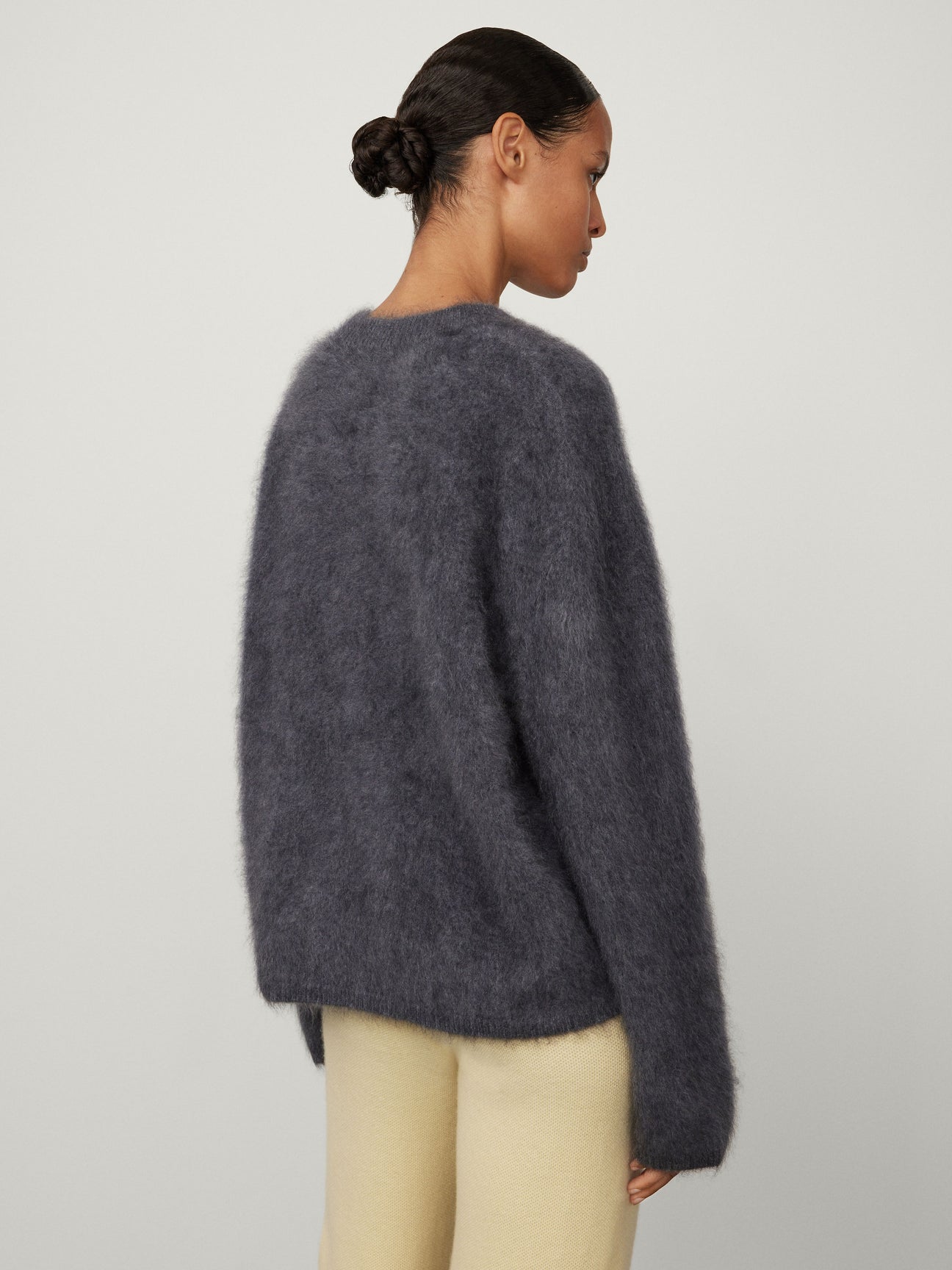
There's tons of sweater options out there, depending on what look you're going for, how warm you're aiming to be, and what your budget is. For a long-lasting, life-time splurge, opt for cashmere. If you're looking for extra-toasty arms (at the expensive of, at times, itchy fibers), opt for alpaca or mohair. Or, if you're like me and just starting off your winter wardrobe, you can never go wrong with a wool-blend sweater.
Below, shop some of the best can't-miss sweaters that will no-doubt keep you warm this winter. Trust me, these are pure facts.
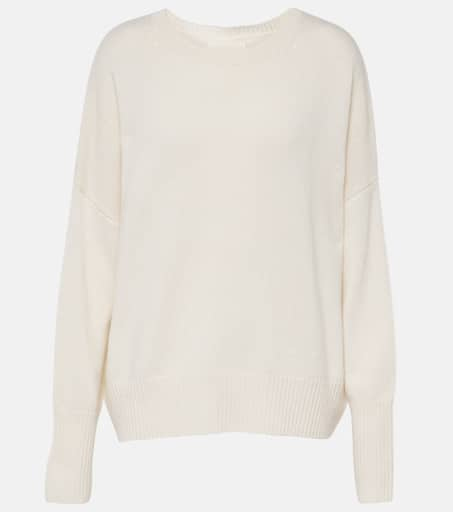
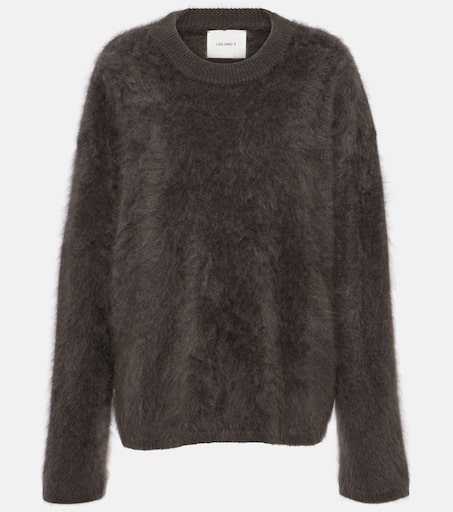
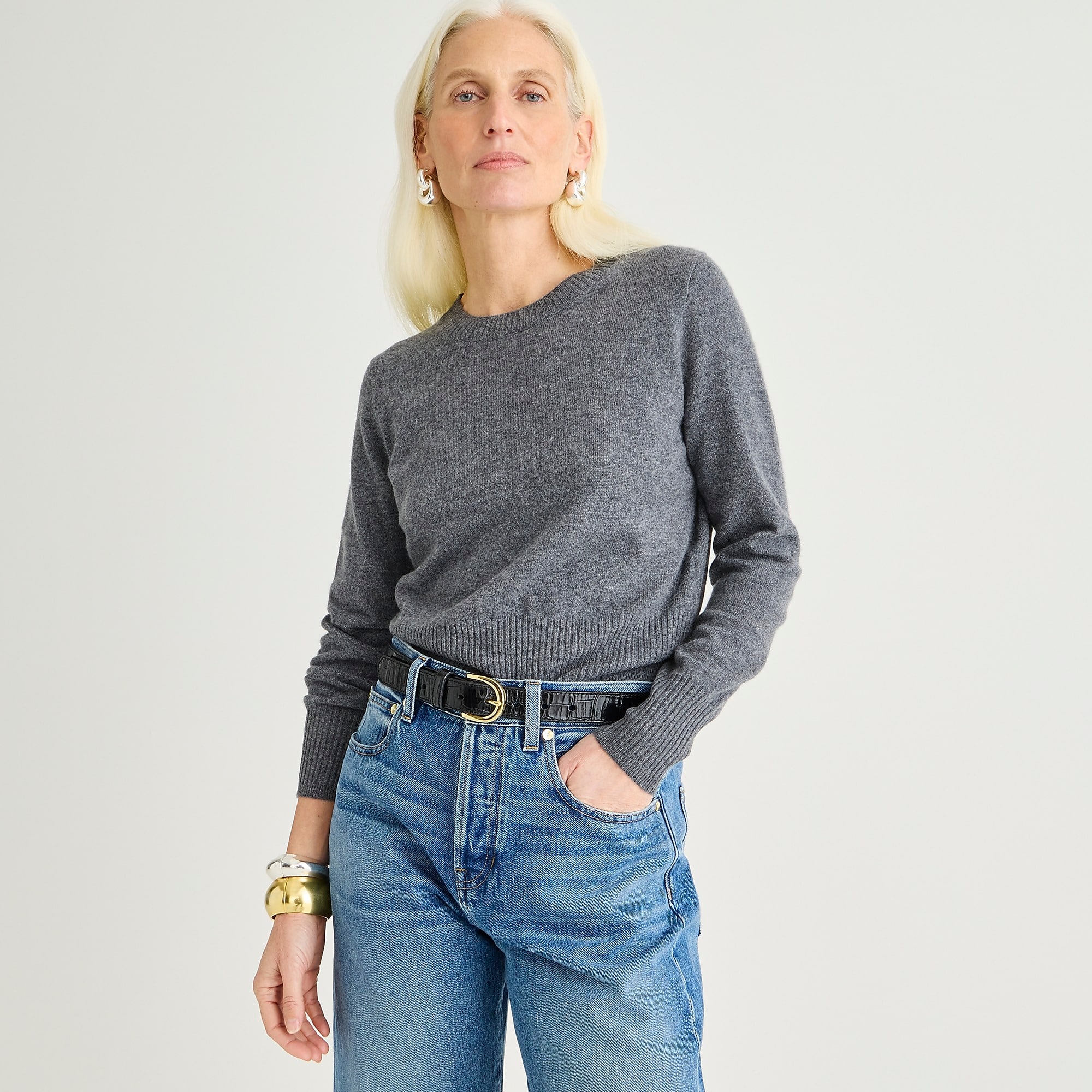

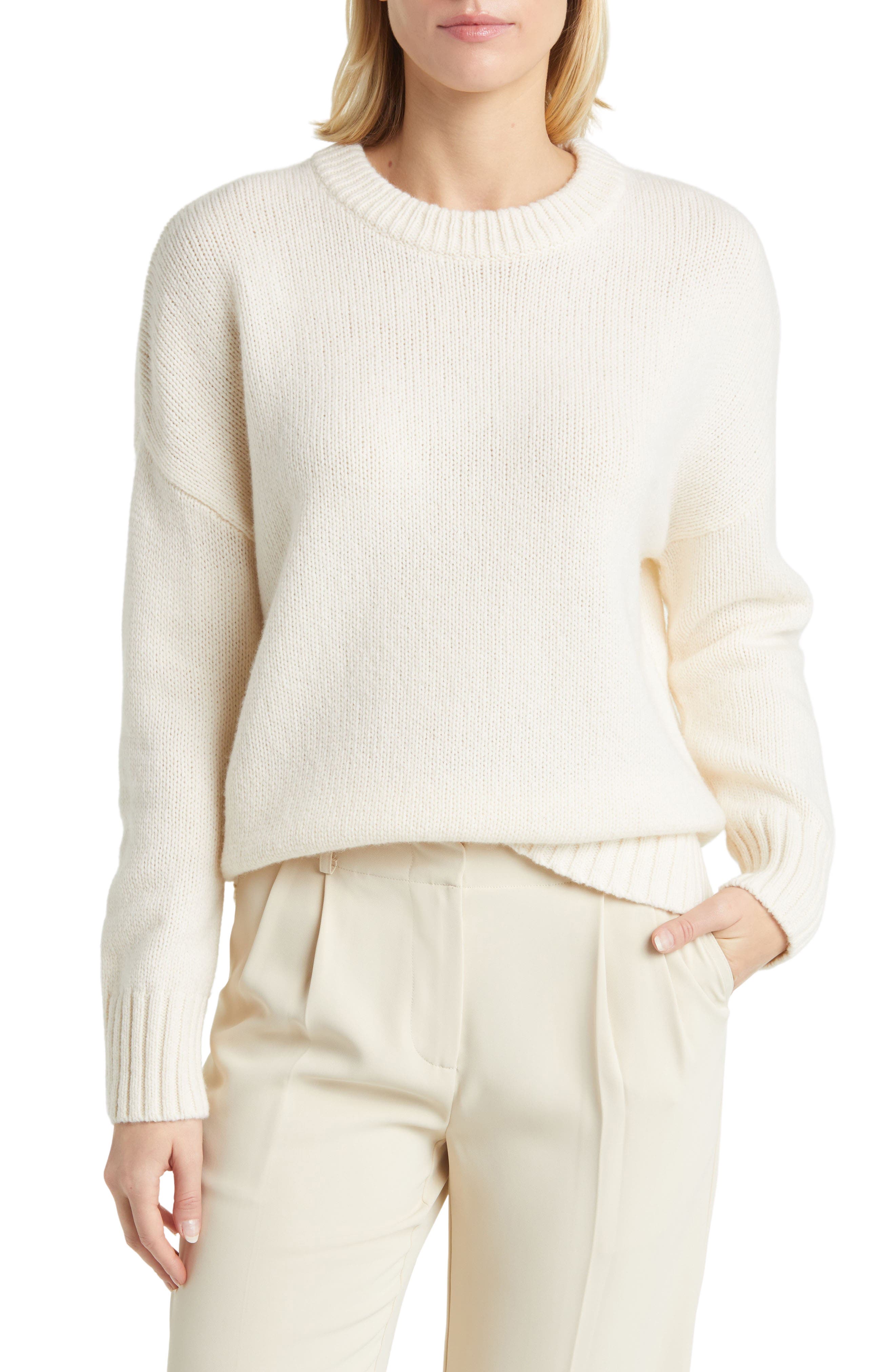
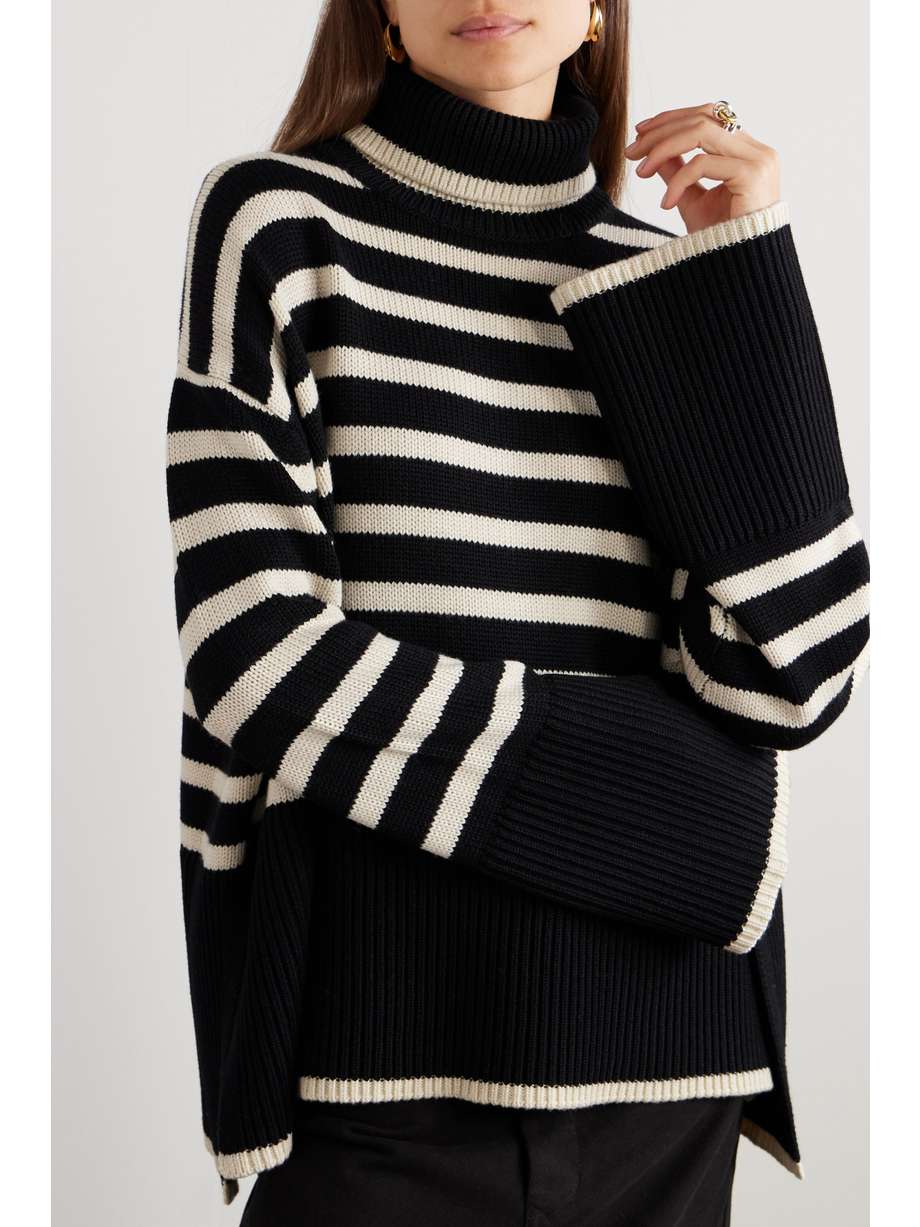
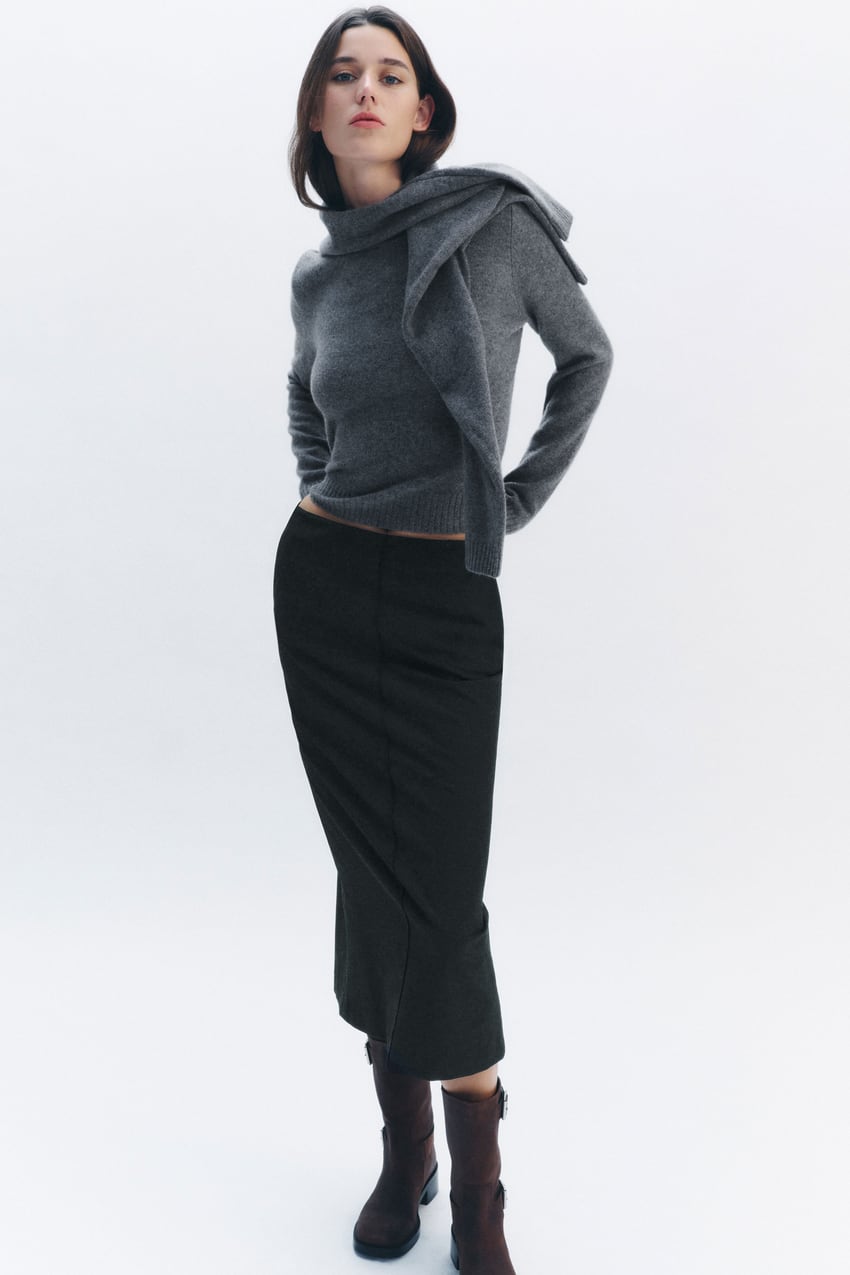
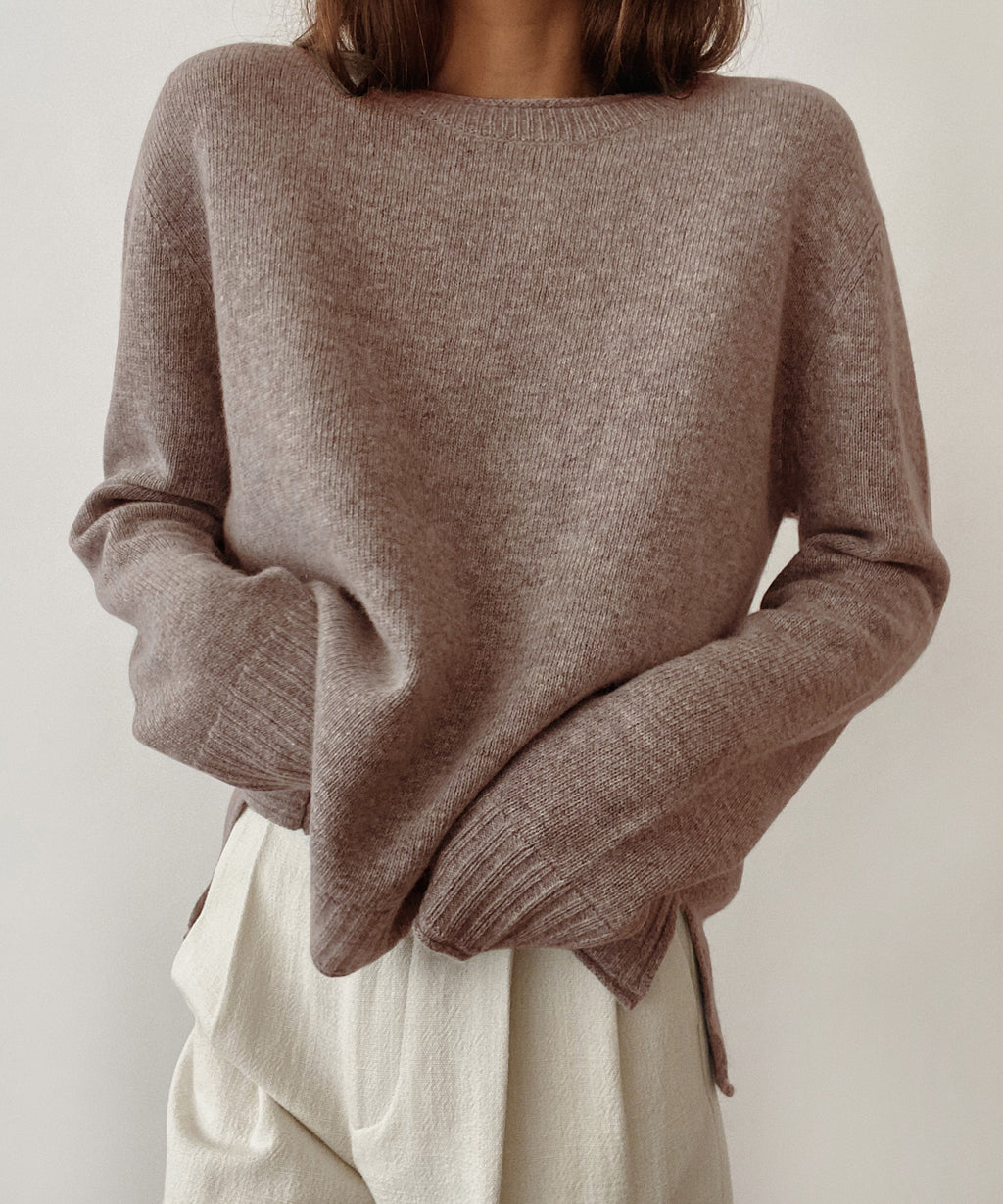
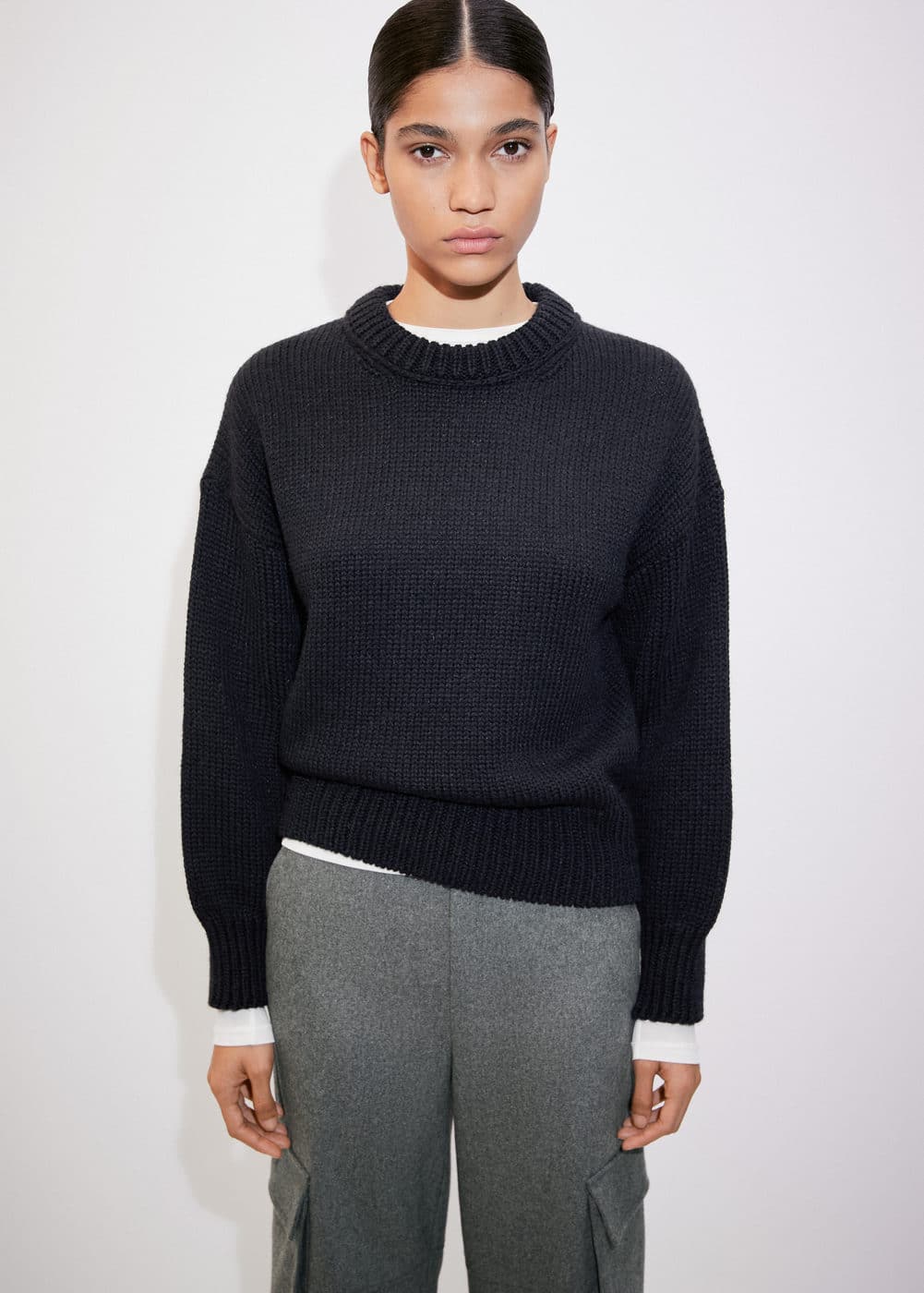
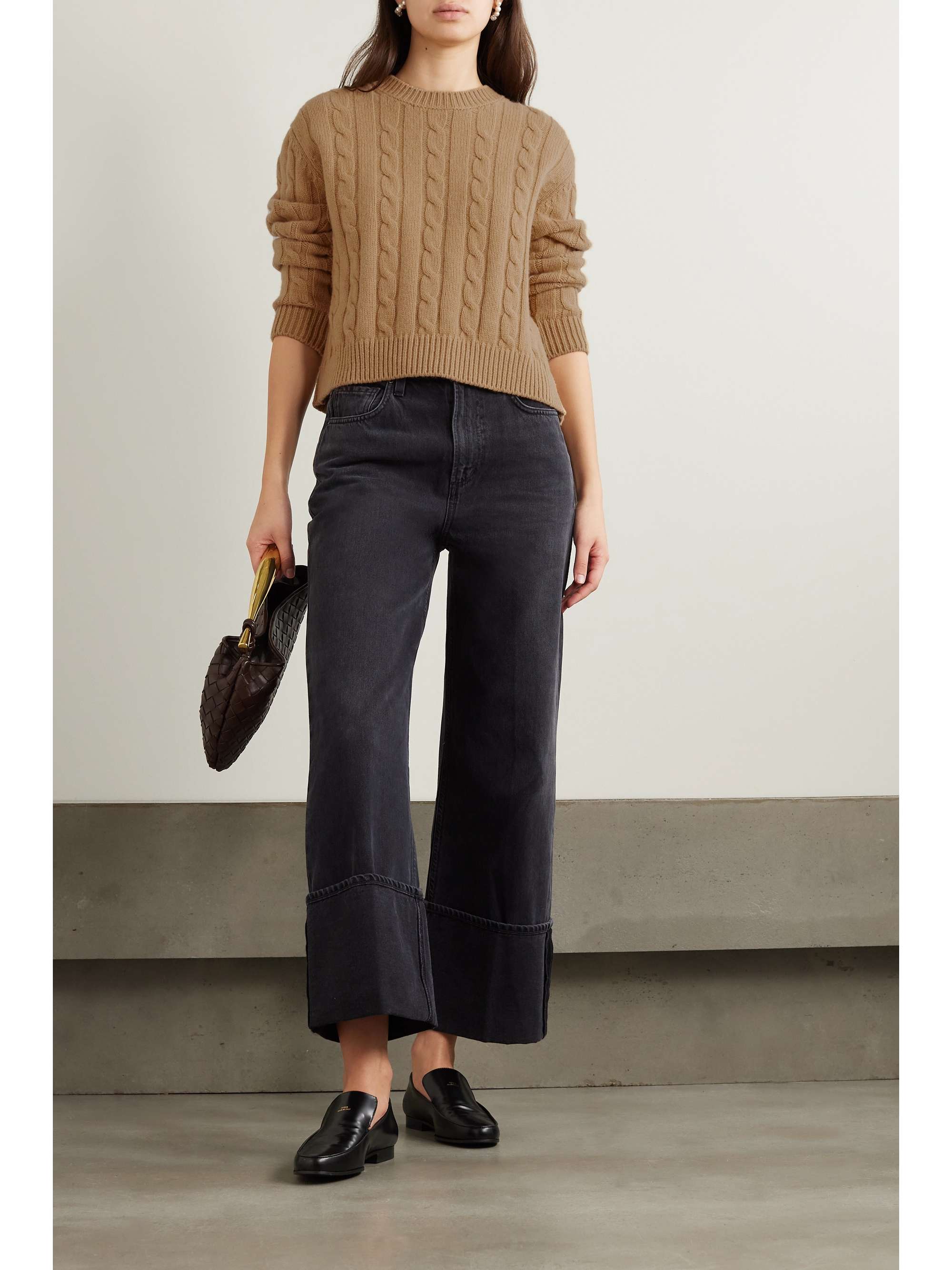

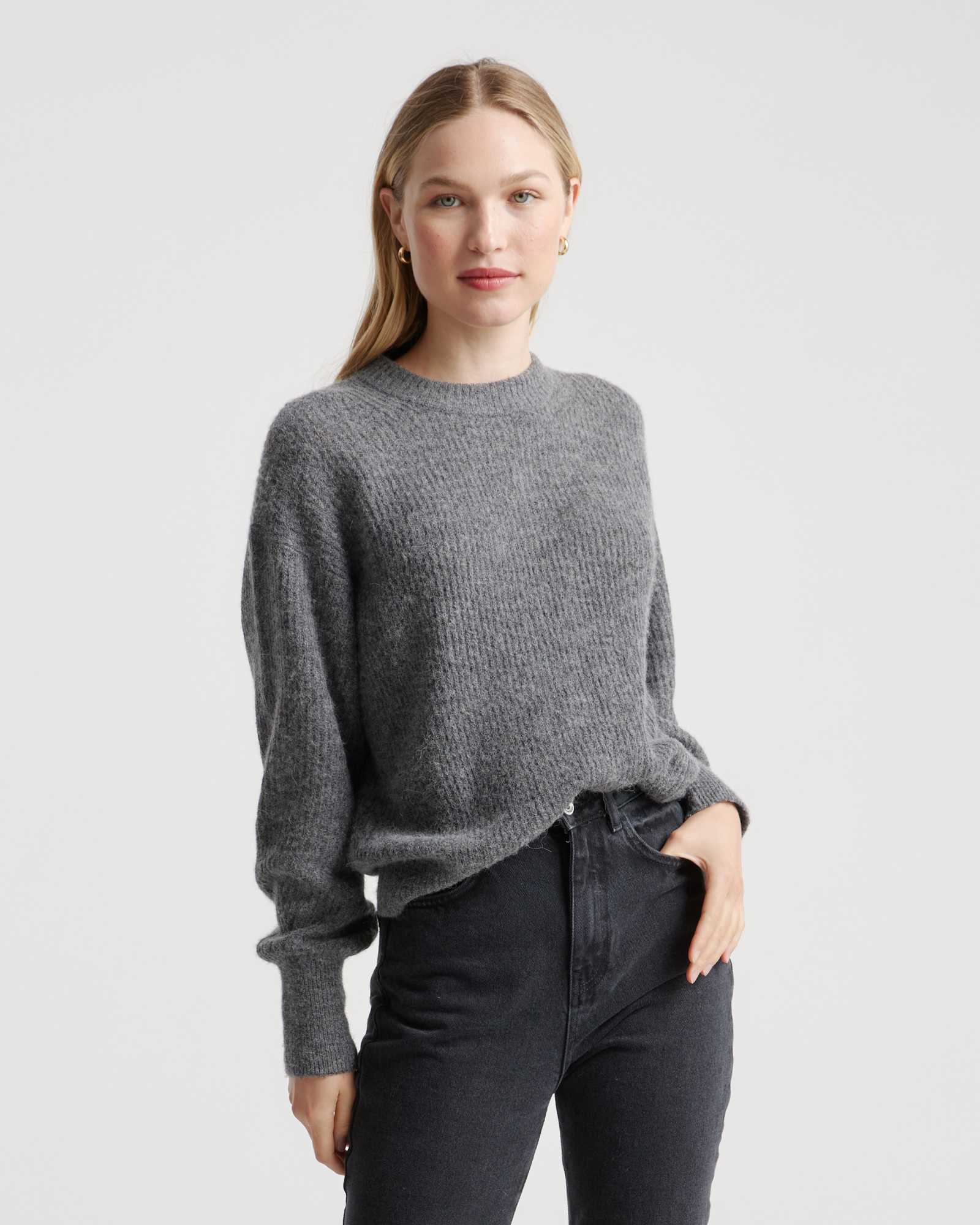
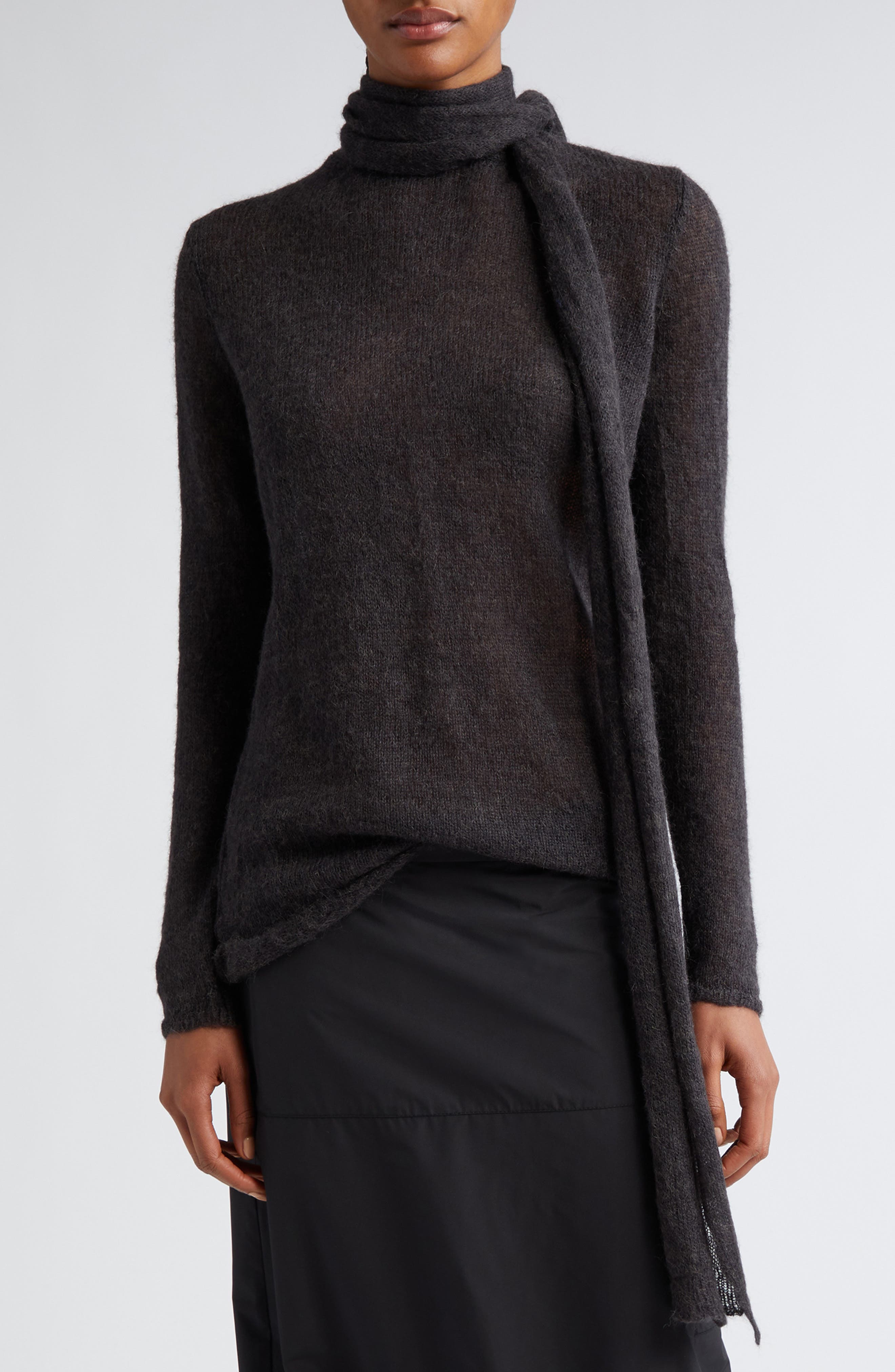


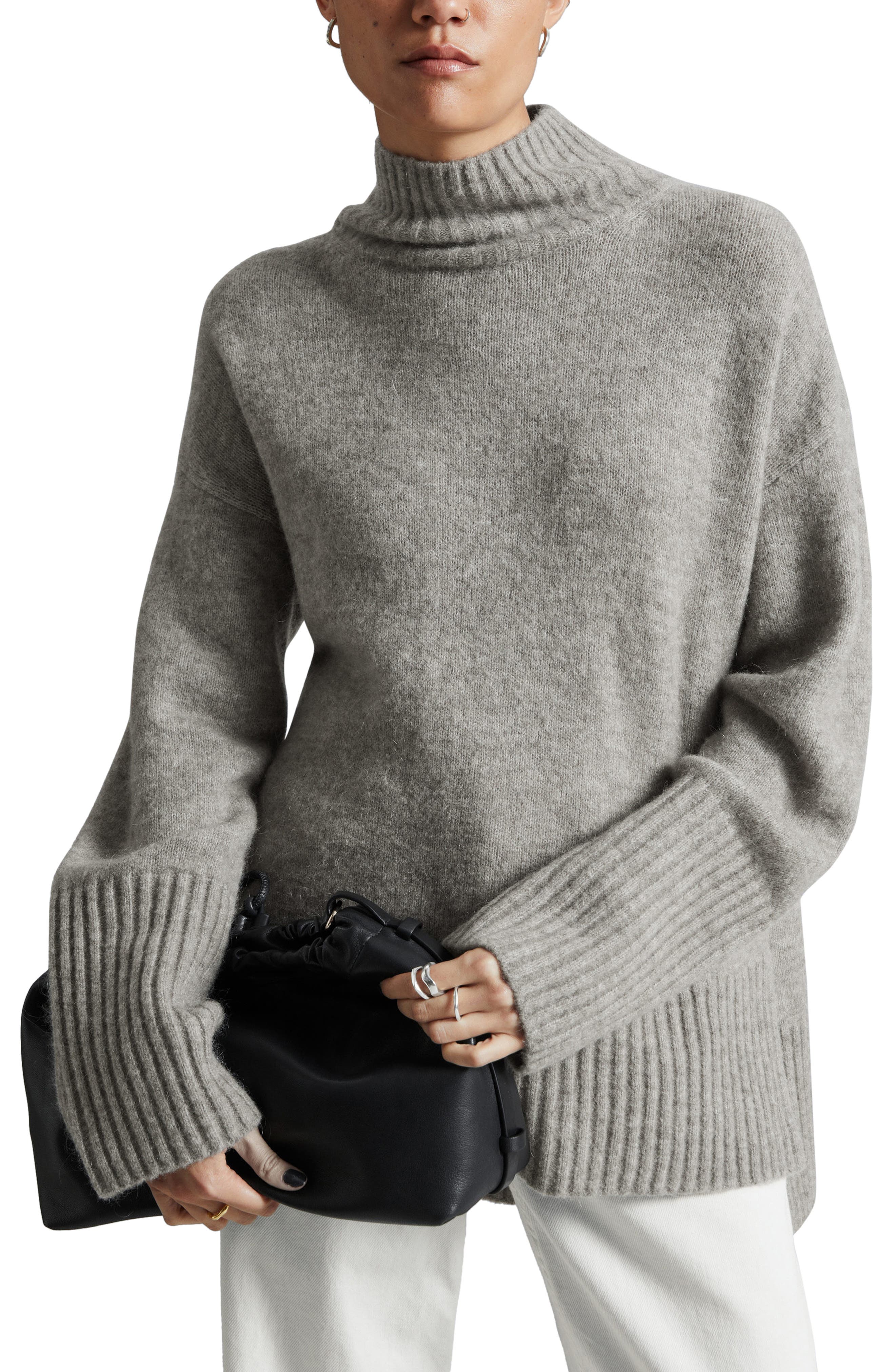
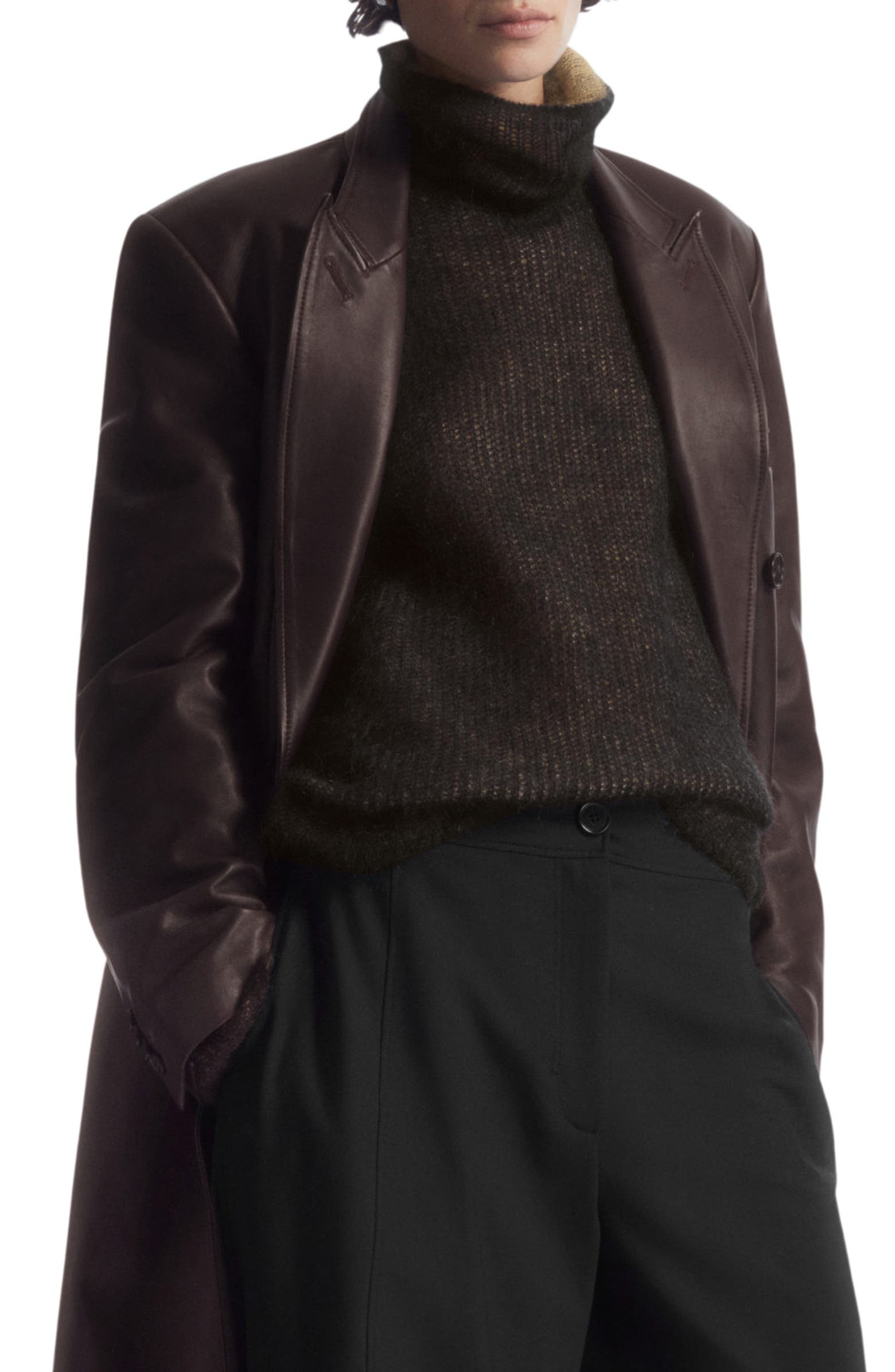
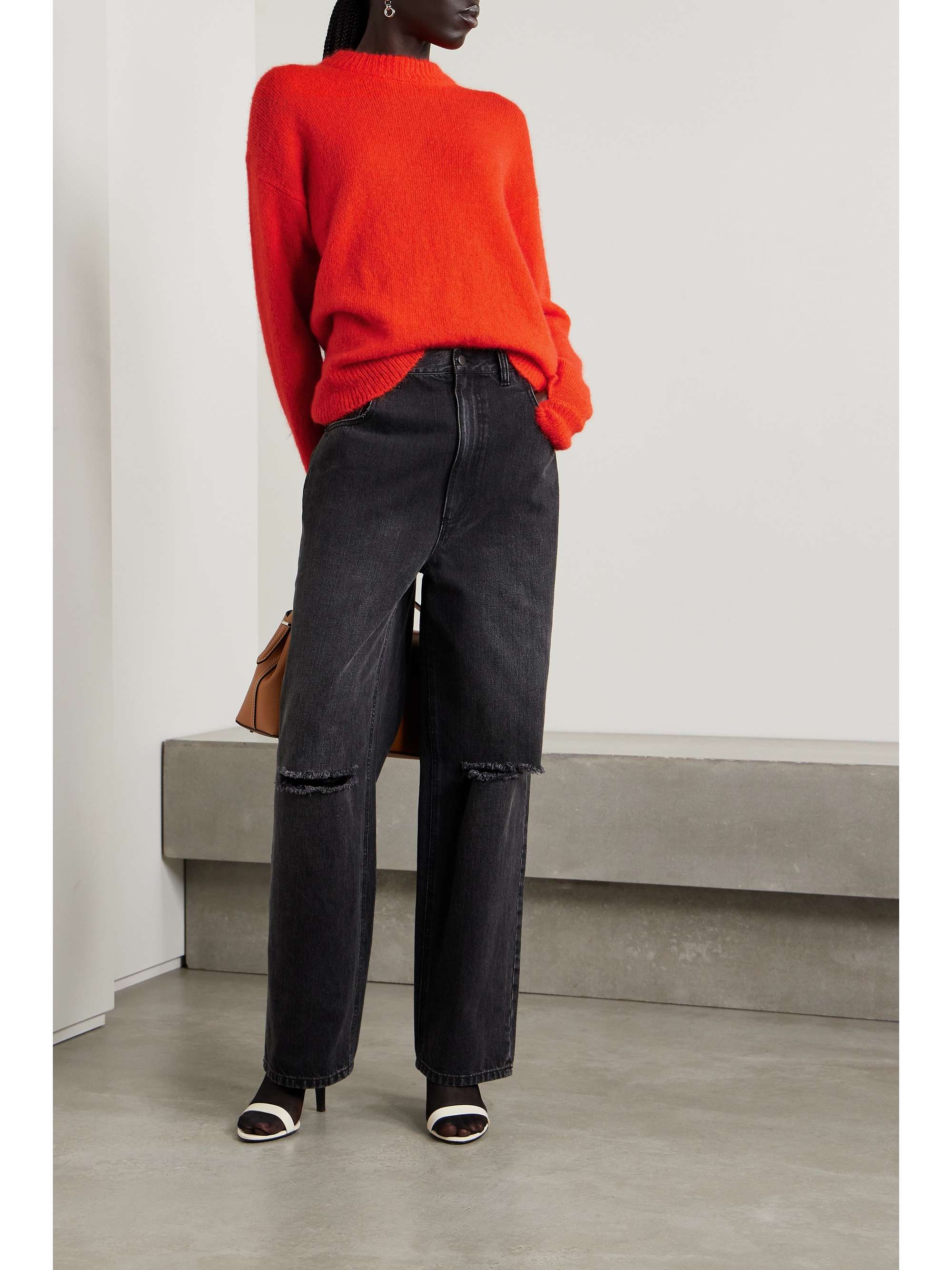

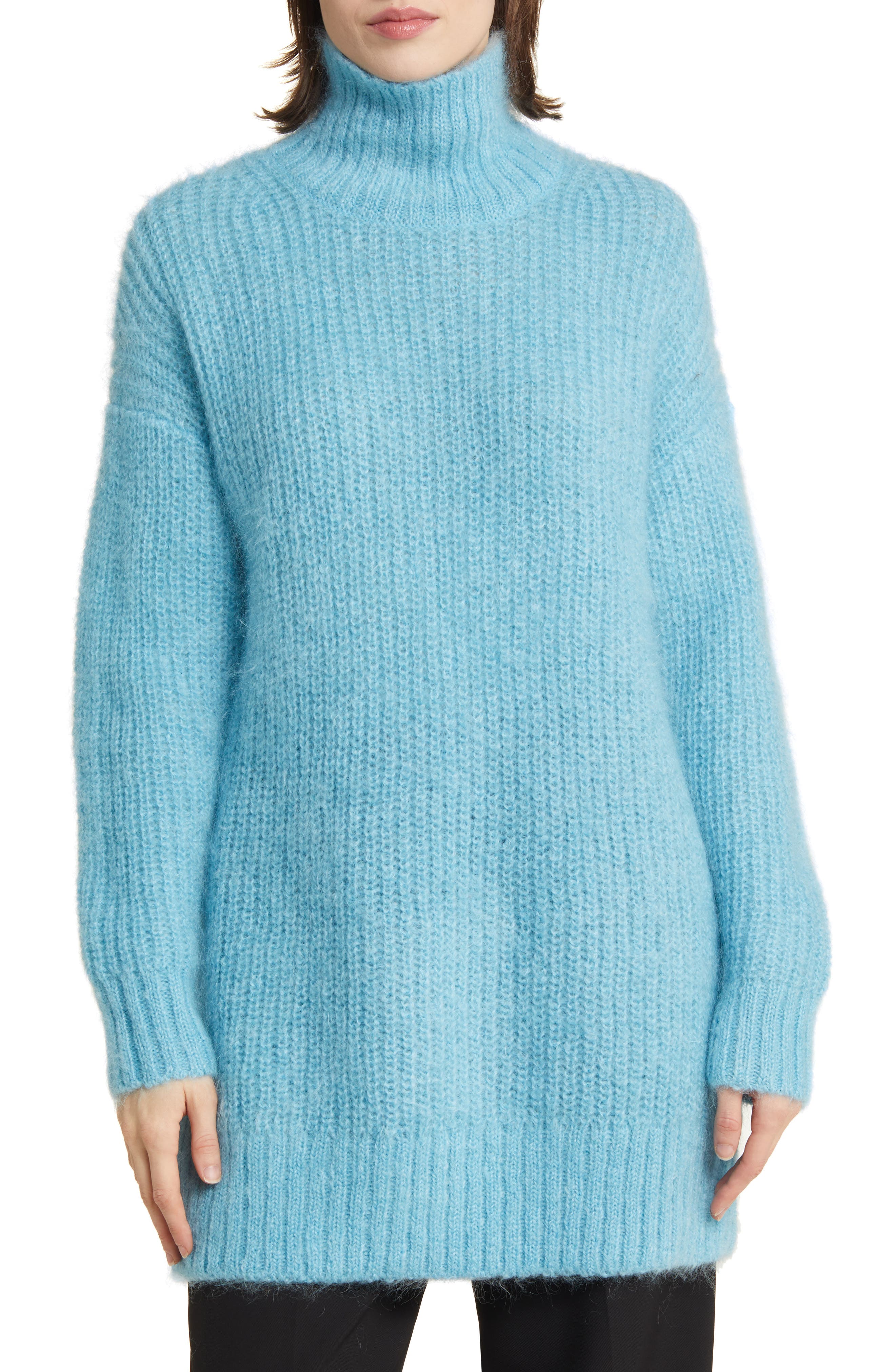

.png) 3 months ago
3 months ago

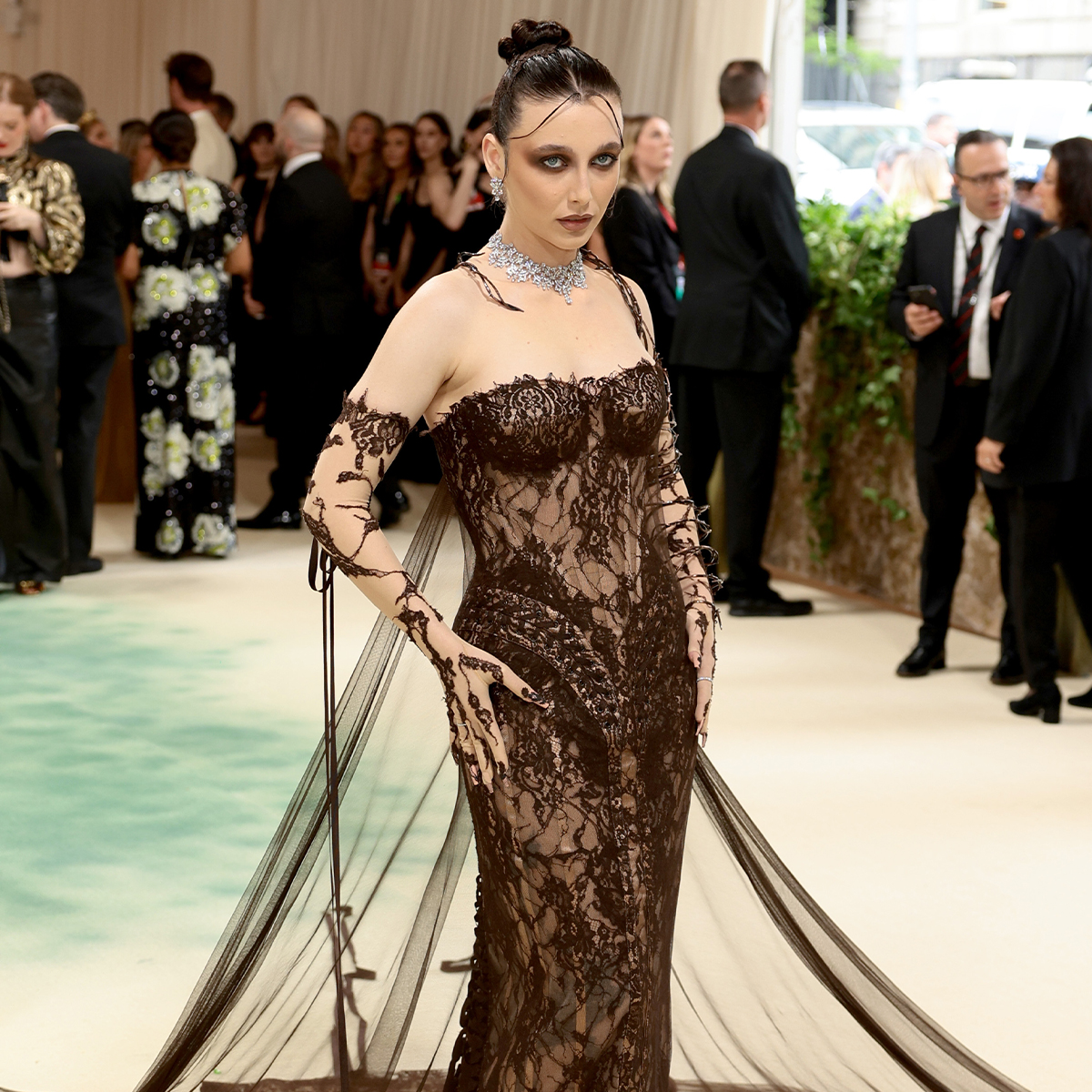














 English (US) ·
English (US) ·